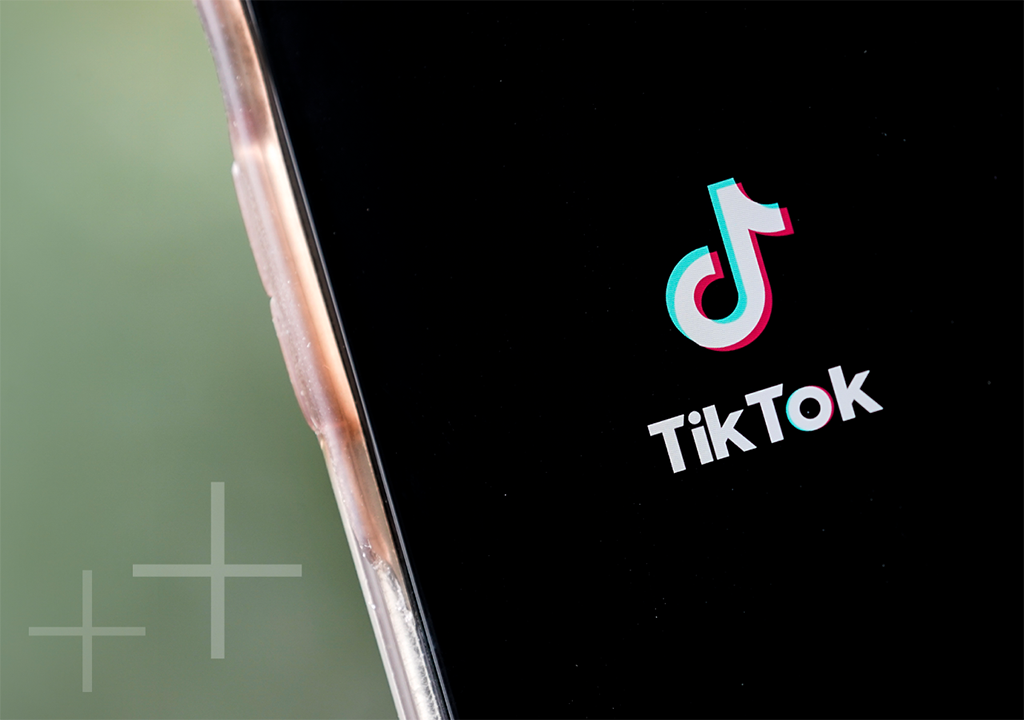Social media mining reveals mental health trends and helps prevent self-harm

Globally, more than four billion people use social media, generating huge stores of data from their devices. This information can be used to track more than what they buy, their political leanings, or patterns of social media usage during the pandemic. It can also be channeled to help better detect mental illnesses and improve well-being.
A growing number of studies show that language patterns and images in messages can reveal and predict the mental health conditions of individuals and also assess mental health trends in entire populations.
Thanks to advances in artificial intelligence, natural language processing and other data science tools, researchers, technology companies, government agencies and non-governmental organizations can use these gargantuan databases to search for signs mental health issues, such as depression, anxiety and suicide risk. .
In some countries, Facebook’s online suicide prevention program uses AI to scan users’ posts for images and words that could identify someone who may be prone to self-harm. A team of trained human reviewers are alerted to messages that display suicidal thought patterns and send mental health resources to at-risk users. In severe cases, emergency services can be alerted to an imminent risk of self-harm.
Pinterest’s “Compassionate Search” connects users looking for information on anxiety and other mental health topics with links that promote emotional well-being, including deep breathing activities and more elaborate psychotherapy exercises. And Snapchat developed the Here For You built-in support feature to help users who may be experiencing mental health issues. One of the main functions monitors search terms related to mental health issues, then provides users with links to helpful resources and a direct link to a helpline.
Besides tech companies, several countries have also started to address mental health issues via social media. In 2018, Canada launched a pilot project to analyze random social media data to identify geographic suicide hotspots, which enabled appropriate resource allocation.
A number of research organizations are also using social media data to develop real-time observation tools that could be used by policy makers. The tools analyze indicators of wellbeing such as happiness, other feelings, and signs of mental health issues. Researchers have recently demonstrated that indices of depression correlate with geographic and demographic patterns, as reported by the US Centers for Disease Control and Prevention. During the COVID-19 pandemic, when traditional survey methods did not provide results quickly enough, researchers used positive and negative mood indicators to quickly assess the state of the population.
The use of AI algorithms to analyze moods and mental health conditions through social media posts is in its infancy. Yet it is not too early to address technical, ethical, cultural and social issues. There may be a desire to detect mental health issues based solely on social media information – for example, via a hashtag such as #depression – rather than actual clinical verification of a person’s condition . Additionally, researchers may have difficulty extracting data easily from most social media platforms, so the scope of what they find may be limited. Tech companies can develop algorithms for detecting and predicting mental health indicators, but do so without publishing their work in academic journals or having it reviewed by independent panels of experts.
Before the data mining of social media proceeds, a number of questions need to be answered. How can patterns of word use on social media relate to clinically rigorous definitions of mental health? Do self-harm detection algorithms need to be validated by the research community? How to secure user privacy and mental health data?
The many questions and challenges do not compromise an unprecedented opportunity to further develop the frameworks and tools needed to harness technology for the benefit of mental health. Self-harm detection built into social media could save lives as those at risk often do not approach family members or professionals. Social media-derived mental health indices can also serve as tools to shape public health policy, as they allow rapid assessment of the impact of new initiatives in real time and identification of at-risk subpopulations.
Scaling up similar ideas will require public-private partnerships to help researchers access data, allow AI algorithms to become more transparent, promote collaborative innovation, and ultimately deliver better technological solutions to manage public mental health. and individual.
IF YOU NEED HELP
If you or someone you know is struggling or having suicidal thoughts, help is available. Call the National Suicide Prevention Lifeline at 1-800-273-8255 (TALK), use lifeline cat or contact the Crisis Text Line by texting TALK to 741741.
This is an opinion and analytical article, and the opinions expressed by the author or authors are not necessarily those of American scientist.





